Rescuing fishers’ knowledge to reconstruct the past of shark & ray nursery areas
Last June, my PhD student Hugo Sánchez, our technician Roberto Herrera, and I, began surveying some of the fishing villages around Yalahau Lagoon and Bahía Ascensión, the two sites we are studying in order to define if they functioned as shark & ray nursery grounds a few decades ago (something poorly documented), and if they continue to play such an ecological role currently, or if overfishing, coastal development, and other anthropogenic influences have deteriorated their ecological importance for the life cycles of elasmobranchs.

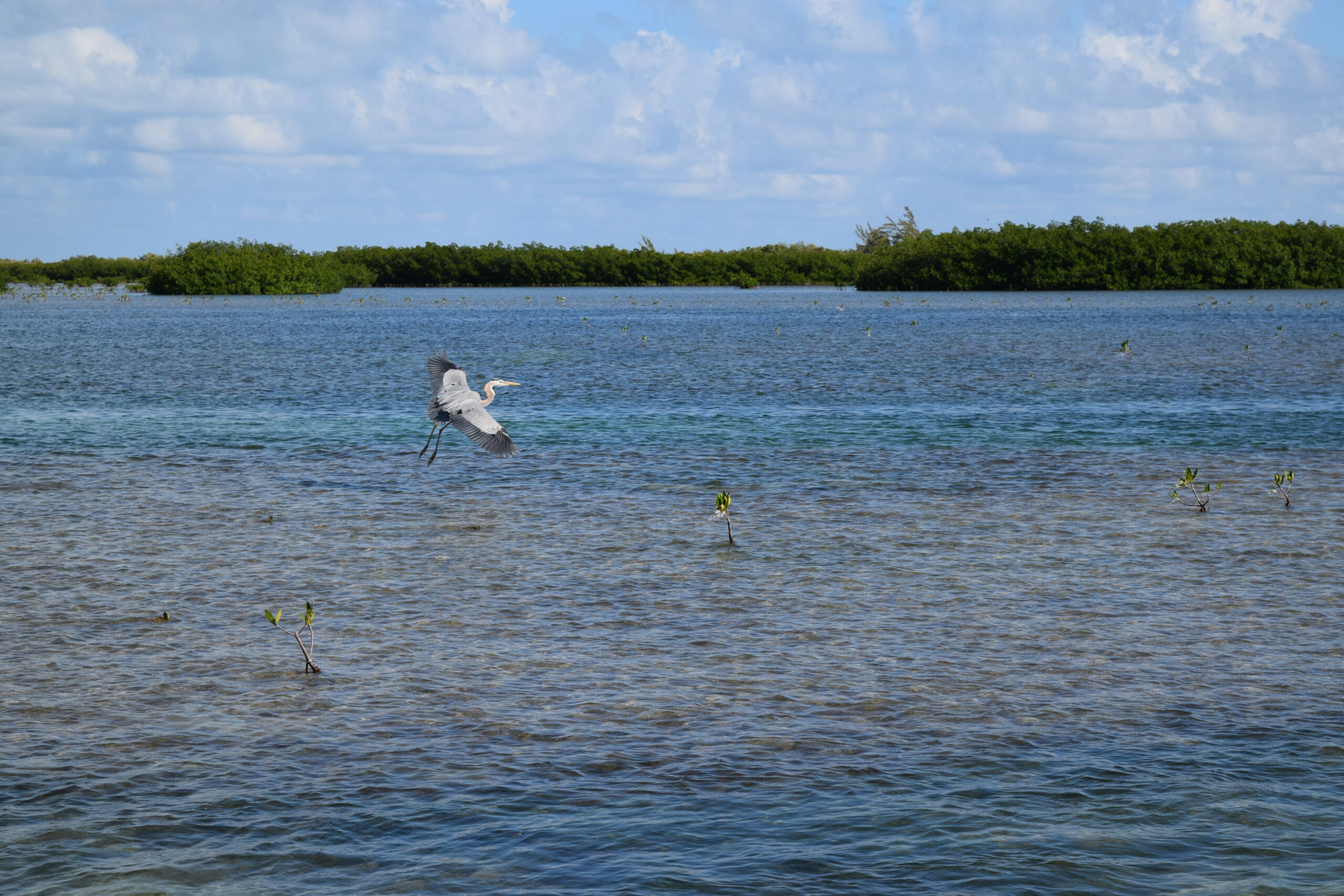
Yalahau lagoon is a shallow coastal lagoon in the NE corner of the Yucatan peninsula, and this is where world famous tourist destination Holbox, lies. Coastal fauna is amazing in this region. Photos © Ramon Bonfil
The first part of our project involves recovering Local Ecological Knowledge from elders, so over 12 days, we travelled to the north and central coasts of the state of Quintana Roo to interview fishers old enough to have fished and known the ecological characteristics of these locations 40 to 50 years ago. Around Yalahau Lagoon, we visited the villages of Chiquilá and Solferino, where many current and retired fishers live, and we managed to interview a few of them, thus obtaining very valuable information that will allow us to reconstruct the function of this lagoon as a shark & ray nursery area just as the boom in coastal fisheries in Mexico was beginning. Our approach was to use a local contact I made years ago during my sawfish eDNA project, to begin asking for potential fishers to interview. Soon enough, we had a shortlist of names and began knocking on doors, introducing ourselves and asking fishers if we could ask them some questions about what they fished and what they saw when they were young.
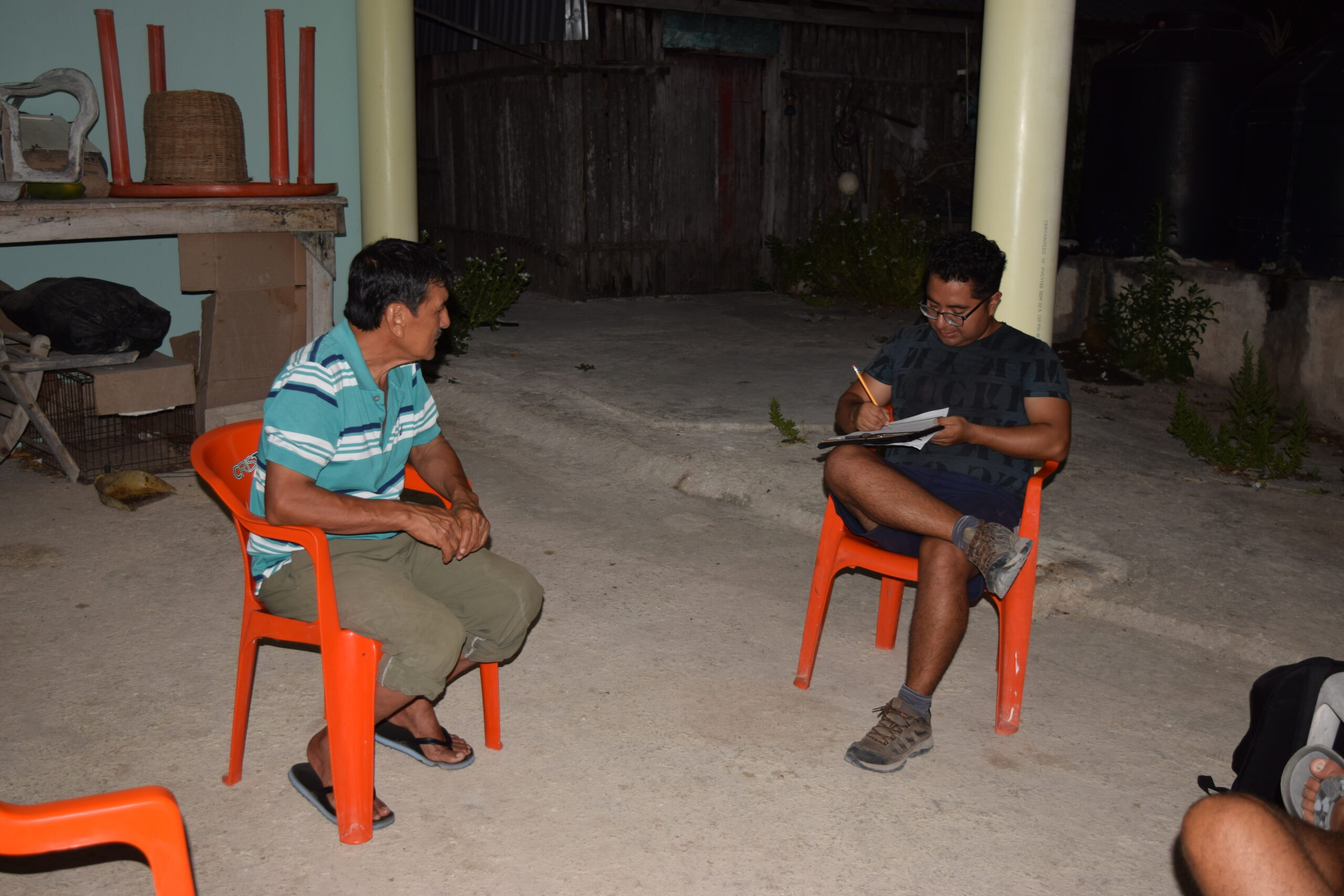
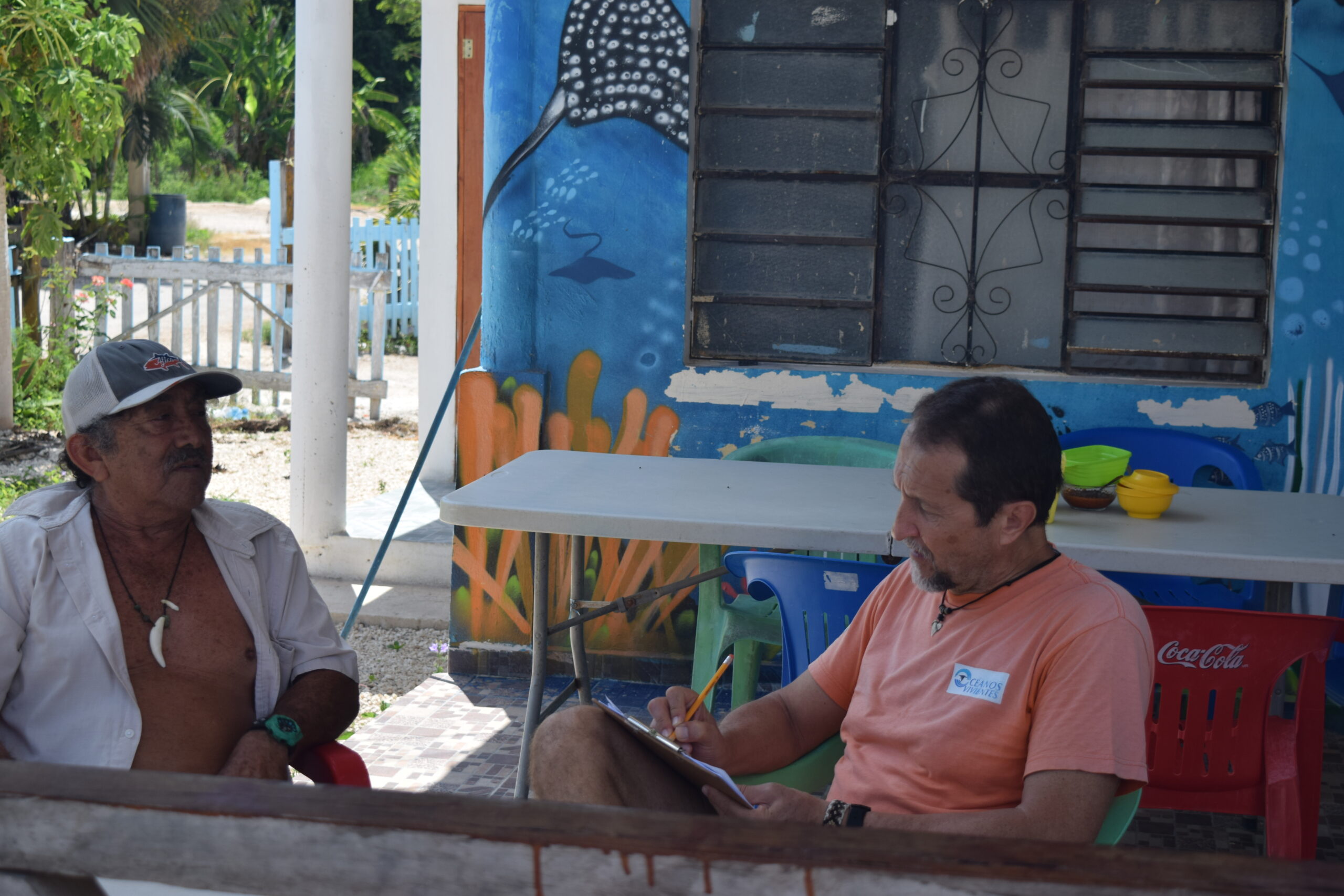
Hugo and I interviewed a few old fishers in Chiquilá and Solferino and got valuable information from them. Photos © Ramon Bonfil
Our main tool was a carefully prepared questionnaire that we filled-in with the responses of the fishers during a friendly chat we would usually have in the porch of their houses or in the backyard, normally in a shaded place (temperatures were incredibly high very early in the day, and standing in the sun was a no-no!). We used illustrated fish guides as an aid to help the fishers and us establish which species we were talking about in each case, as often, common names vary from locality to locality or even from person to person, and we need to make sure that we know exactly what species they are talking about in each of their stories.
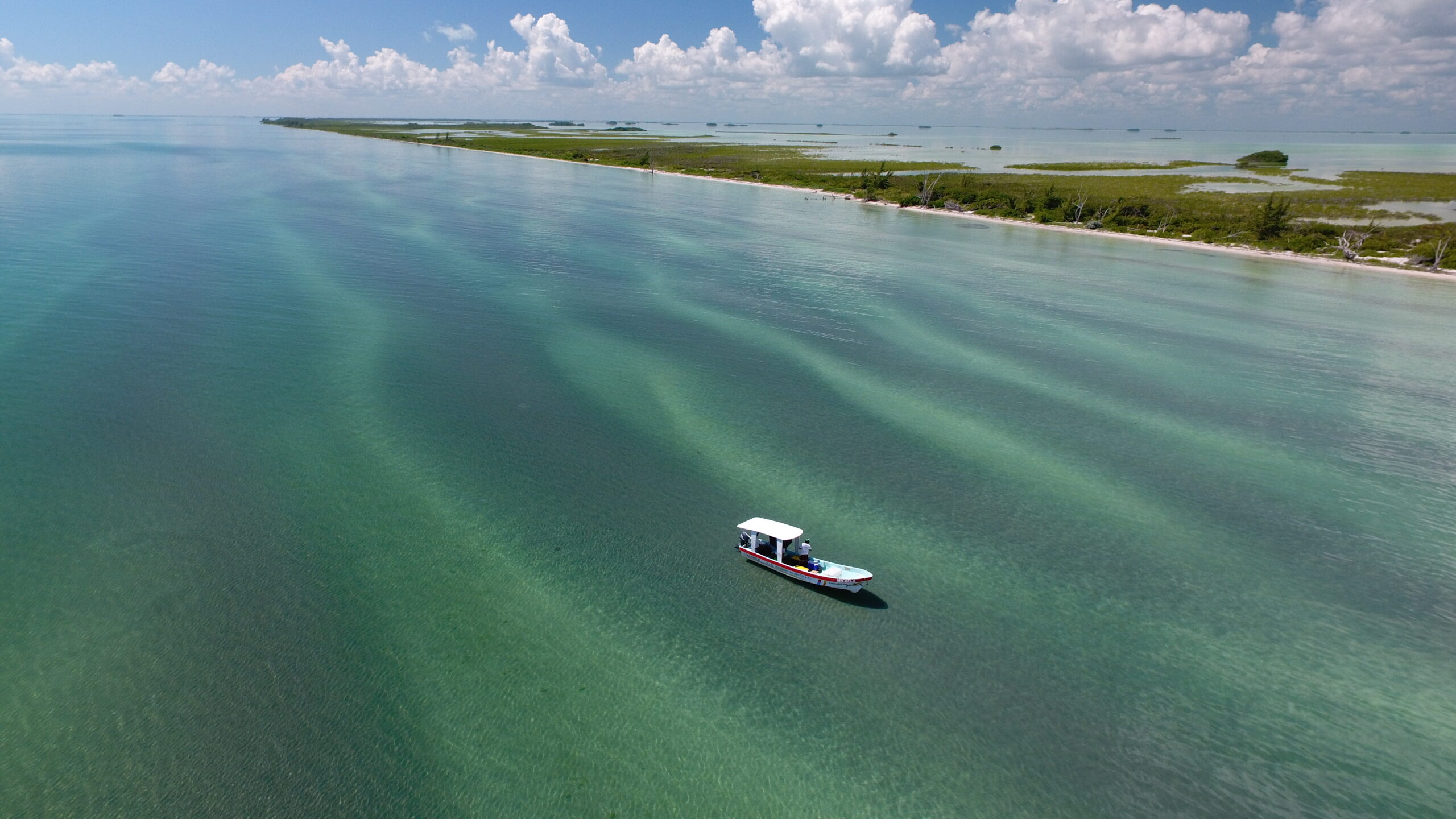
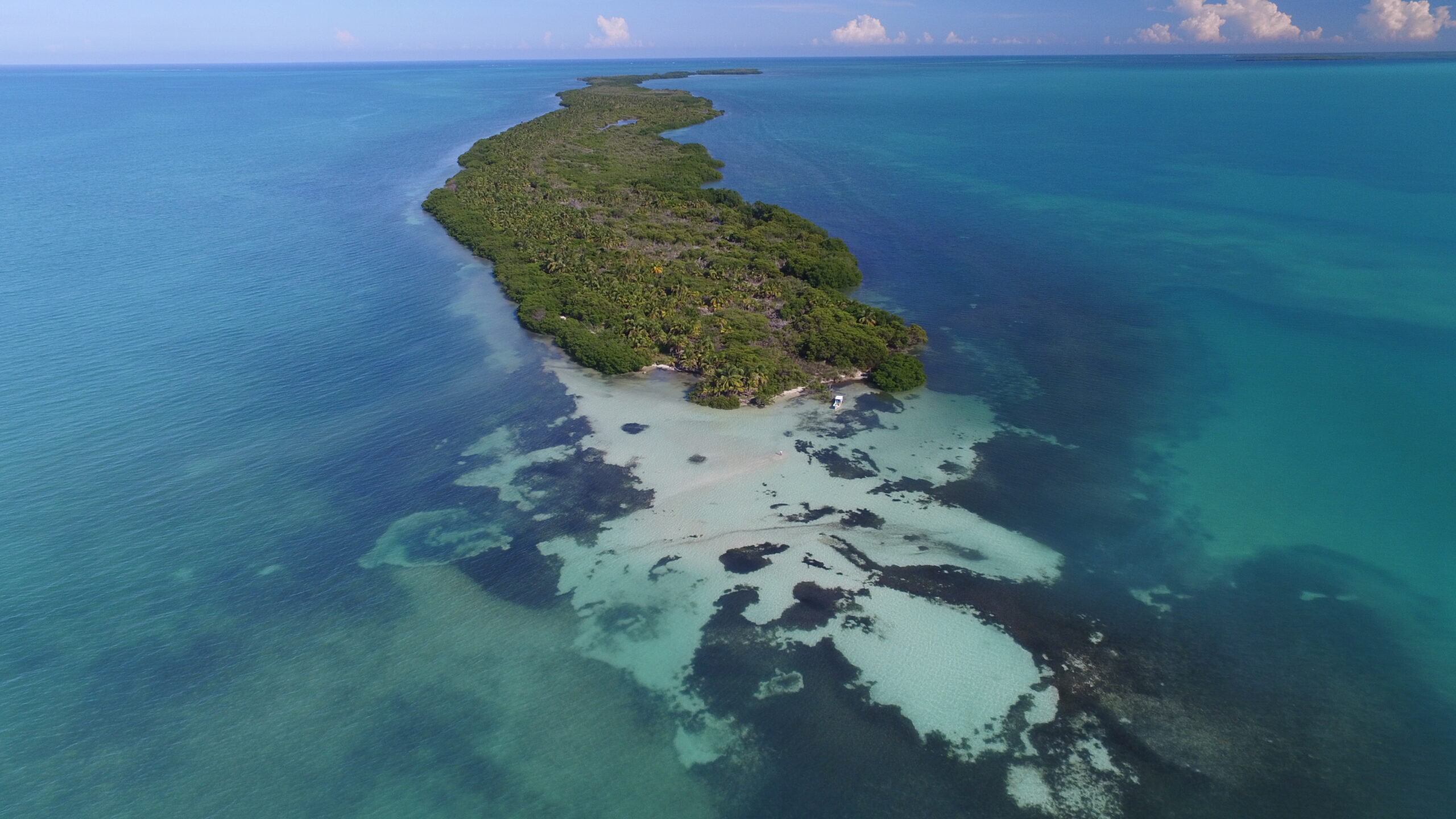
Bahía Ascensión is a large shallow bay, its remoteness and designation as a protected area mean that it is not overcrowded with tourists as is most of the Riviera Maya. Photos © Ramon Bonfil
After 3-4 days in Laguna Yalahau, we moved down the coast to Punta Allen, the only inhabited community in all of Bahía de la Ascensión. This is a marvelous shallow bay that is part of one of the oldest Biosphere Reserves in Mexico, Sian Ka’an Biosphere Reserve. In Punta Allen we were received by another old contact I have from my sawfish surveys days, and he helped us identify potential interviewees. After 3 days of work there, Hugo and I packed our things and returned home.
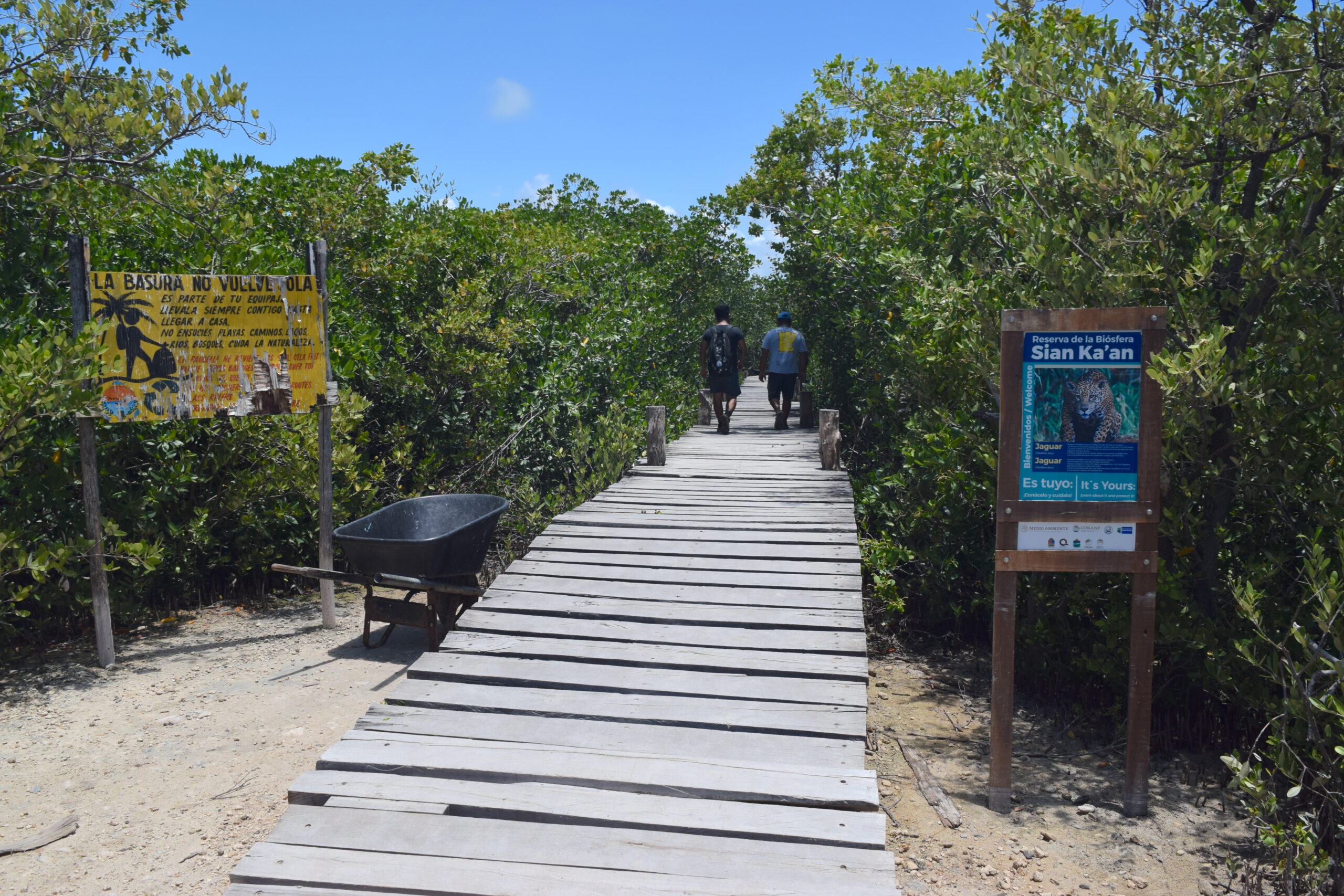
he Biosphere reserve of Sian Ka’an has been protected for nearly 40 years, and thanks to this it has a lot of beautiful plants and animals to observe, and hopefully lots of shark and ray species that use it still as a nursery area. Photo © Ramon Bonfil
This first trip of our project helped us interview a total of 14 elder fishers that shared their accumulated experience and knowledge with us. So far, we have identified a preliminary list of 10 sharks and 4 ray species that potentially used Yalahau Lagoon as a nursery area 40-50 years ago, and 10 shark and 6 ray species that potentially used Bahía de la Ascensión as a nursery area during the same period. This is a great start! The best part of the story is that there is a relatively high degree of consistency between fishers, regarding some of the species identified as having used these areas as nurseries in the past, and this serves as a way to strengthen the case for these data to have great value for us to reconstruct the past.
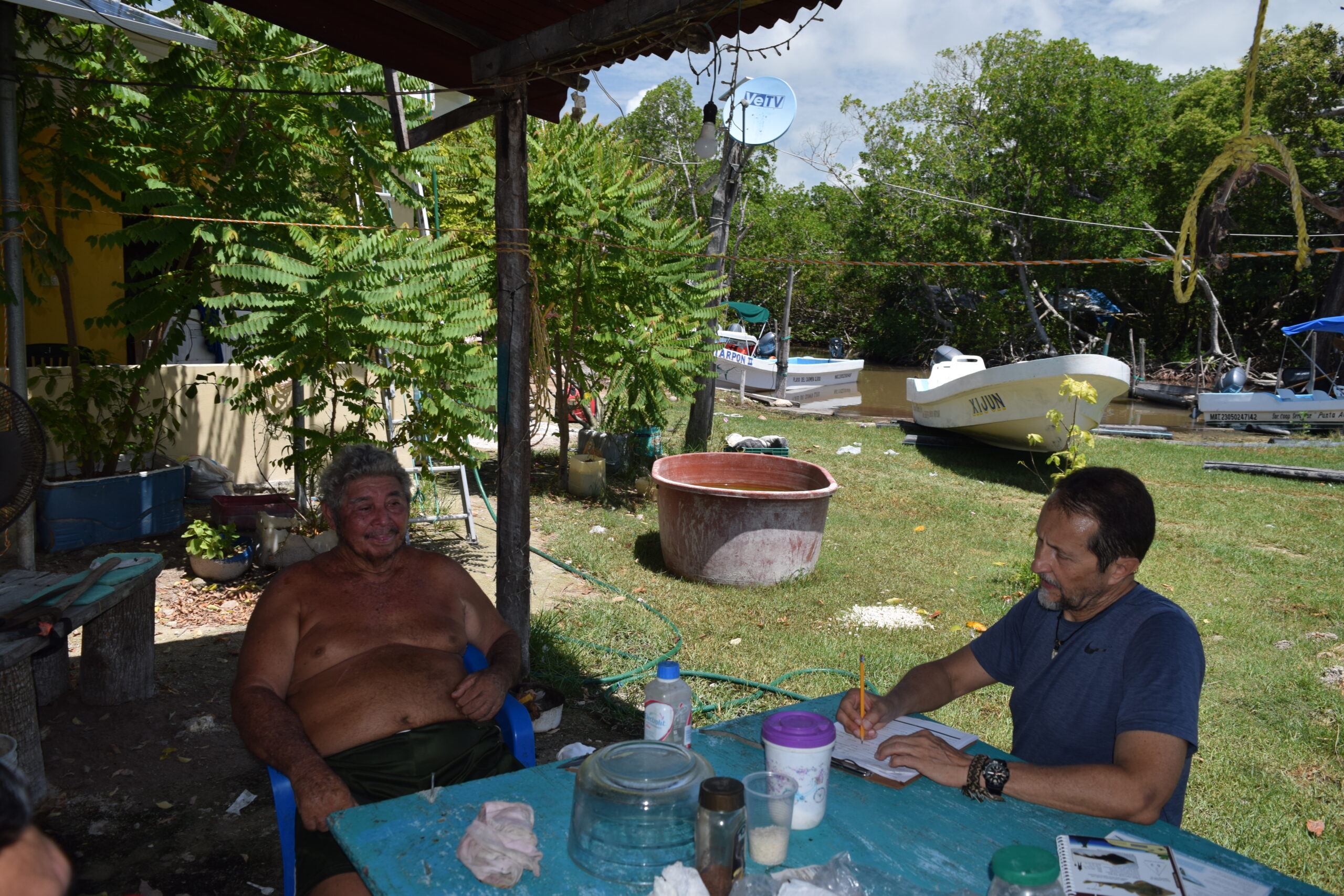
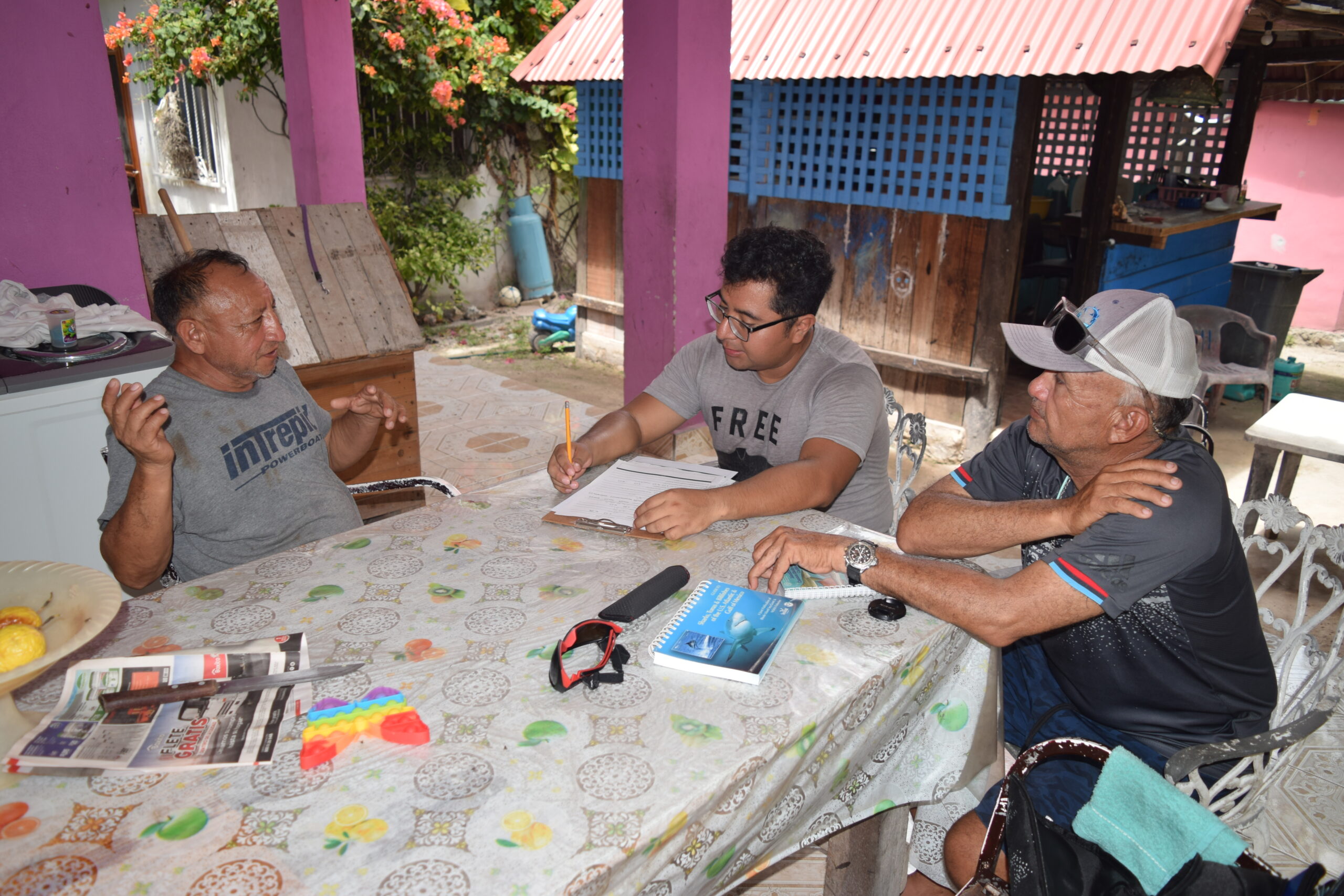
Fishers are often quite happy to remember their accumulated knowledge and share it with us during entertaining and easy-going chats. Photo © Ramon Bonfil
Soon, we will head out again in a second fieldtrip to rescue more information from the collective memory of members of these communities, but next time we will have a larger team!
